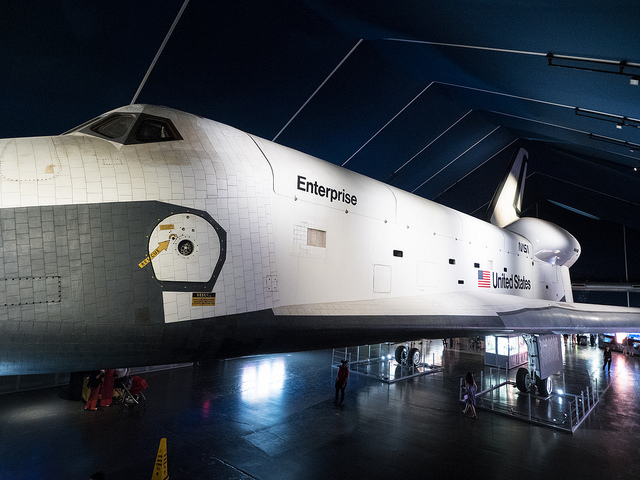- 4-minute read
- 26th February 2018
Titles in Essays (Italics or Quote Marks?)
Formatting your own essay title is easy (just bung a Heading style on it). Unfortunately, the rules about formatting the titles of existing published works (e.g. a textbook or an article from a journal) are more complicated. Usually, though, it comes down to one question: italics or quote marks?

But most students will need to name a book, journal or website in an essay at some point, so it’s important to know how this works. To help you out, we’ve prepared this guide on when to use italics and when to use quote marks for titles.
When to Use Italics
Titles of longer works are usually italicised. A ‘longer work’ in this case is something presented as a standalone publication. Charles Dickens’ famous novel, for example, would be written as Great Expectations if it were named in an essay.
Other examples of longer works that should be italicised include:
- Books and book-length poems (e.g. ‘An analysis of The Wasteland shows…’)
- Journals, newspapers and magazines (e.g. ‘According to The Guardian…’)
- Websites and blogs (e.g. ‘The project was funded via Unbound…’)
- Films (e.g. ‘Jaws broke several box-office records…’)
- TV series (e.g. ‘Many fans of The X-Files claim…’)
- Plays and other stage shows (e.g. ‘This production of Swan Lake is…’)
- Paintings and works of art (e.g. ‘The Mona Lisa is currently housed…’)
- Music albums (e.g. ‘The album Sticky Fingers was released in…’)
The key factor is that all of these are standalone products, not part of a greater whole. The main exceptions to this rule are holy texts, such as the Bible, which are not typically italicised.
Italics are also used for the names of particular vehicles in some cases, especially ships and spacecraft. For example, we might write about the space shuttle Enterprise or the HMS Beagle (note that the ‘HMS’ is not italicised, since this is an abbreviation).

When to Use Quote Marks
Quote marks, meanwhile, are usually saved for shorter works. These are often part of a larger publication, such as an article in a newspaper or a chapter in an edited book. For example, if we were to name a book and a chapter in one place we’d write:
Find this useful?
Subscribe to our newsletter and get writing tips from our editors straight to your inbox.
Subscribe to Beyond the Margins and get your monthly fix of editorial strategy, workflow tips, and real-world examples from content leaders.
Hugh Wilder’s ‘Interpretive Cognitive Ethology’ was first published in Readings in Animal Cognition, edited by Marc Bekoff and Dale Jamieson.
As indicated by the italics, the book here is called Readings in Animal Cognition. ‘Interpretive Cognitive Ethology’, meanwhile, is an essay from the book, so we use quote marks for this title.
Cases where quotation marks are used for titles include:
- Chapters from books
- Articles in newspapers, magazines and journals
- Particular pages or articles from a website
- Individual poems and short stories
- Episodes from a TV show
- Songs
It is also common to use quote marks for unpublished writing regardless of length. For example, if you were referring to an unfinished manuscript or a PhD dissertation, you would put the title in quote marks; but if these same documents were published, you would use italics.
Look Out for Exceptions!
The guidelines above will apply in most cases, but there are exceptions. The APA style guide, for example, recommends italicising book titles in the main text of an essay, but not in the reference list. As such, it is wise to check your style guide to see if it has specific advice on formatting titles.